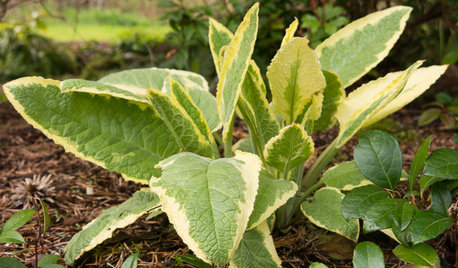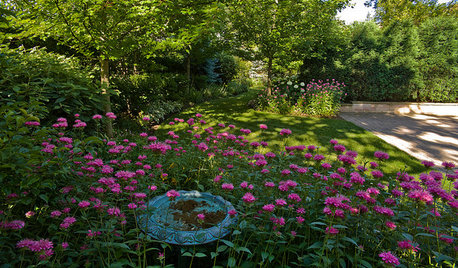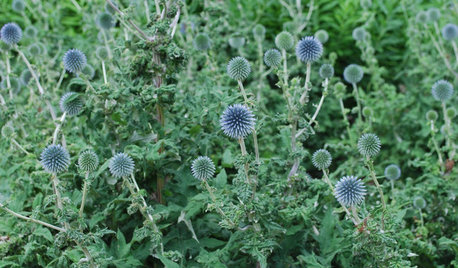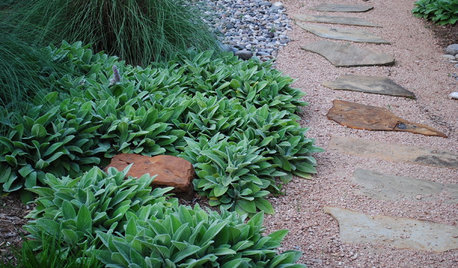Which comfrey for salve?
kathy0987654321
20 years ago
Related Stories

GARDENING GUIDESGreat Design Plant: Axminster Gold Comfrey for Sun or Shade
Plant this perennial for bold color that will light up shady spots, sparkle in the sun and add interest from spring until fall
Full Story
LANDSCAPE DESIGNExuberant Self-Seeders for Gorgeous, Easy-Care Gardens
Keep weeds down, color high and maintenance low with beautful plants that sow themselves
Full Story
EDIBLE GARDENSGarden BFFs? Why Your Vegetables Are Begging for Companion Plants
Foster friendships among plants for protection from pests, pollination support and color camaraderie
Full Story
EDIBLE GARDENSNatural Ways to Get Rid of Weeds in Your Garden
Use these techniques to help prevent the spread of weeds and to learn about your soil
Full Story
DECORATING GUIDESAn Expat’s Guide to Making a Home Away From Home
How do you stay balanced when each foot is in a different culture? You take a stand where you hang your hat
Full Story
GARDENING GUIDESGreat Design Plant: Globe Thistle
Trot out globe thistle in a sun-drenched garden spot for strikingly sculptural blue flowers through October
Full Story
SAVING WATERLush Gardens With Low Water Needs
Drought tolerant doesn’t have mean spindly, brown and thorny
Full Story
TASTEMAKERSA Designer Edits — and Adds — for Dramatic Effect
Interior designer Nancy Braithwaite’s new book shows how it’s possible to edit rooms of all styles to create their best look
Full Story
DECORATING GUIDES12 Ways to Beat the Home Decor Blahs
A few easy tweaks will make your house feel new to you
Full Story
GARDENING AND LANDSCAPINGWorld of Design: 10 Home Gardeners Show Us Their Sweet Summer Harvests
From New York to Tokyo, these gardeners have turned their yards, terraces and rooftops into places of bounty
Full StoryMore Discussions






Daisyduckworth
greengodess
Related Professionals
Ballwin Landscape Architects & Landscape Designers · Paradise Landscape Architects & Landscape Designers · Bethlehem Landscape Contractors · Norwood Landscape Contractors · Fishers Landscape Contractors · Hurricane Landscape Contractors · La Verne Landscape Contractors · National City Landscape Contractors · Placerville Landscape Contractors · Irvington Landscape Contractors · Mission Viejo Carpenters · Woodstock Carpenters · The Colony Roofing & Gutters · Burlington Roofing & Gutters · Welby Roofing & GuttersTraute_Biogardener
bushpoet
rusty_blackhaw
bushpoet
rusty_blackhaw
bushpoet
kathy0987654321Original Author
andy_sa
friesfan1
johnyb
friesfan1
johnyb
rusty_blackhaw
jamiefar
johnyb
rusty_blackhaw
johnyb
rusty_blackhaw
johnyb
friesfan1
Traute_Biogardener
shortarse_hedgewitch
eibren
raptorrunner
shortarse_hedgewitch
heirloomtomato